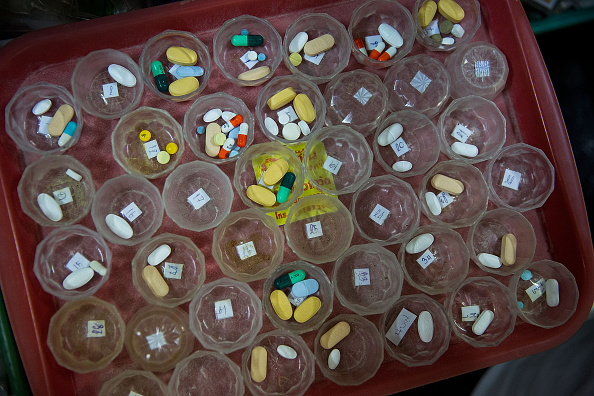
If you take a medication for your blood pressure, you expect your pill to be what it is labeled to be. This is probably true in the United States and other developed countries, but in many areas of the world, that pill may be counterfeit. Falsified, counterfeit, or substandard medications are a poorly understood problem in global healthcare and their prevalence is not well studied.
Some estimates say that between 100,000 and 1 million people die each year because they were given counterfeit drugs instead of the real medication.
A counterfeit drug is usually defined as a medication that has been mislabeled in such a way that it looks like the genuine product. It could have the exact same or very similar packaging and even the same tablet shape. According to the World Health Organization, in about 20% of cases, the counterfeit product has some of the correct active ingredient but not the right amount. In other cases, the fakes have the wrong active ingredient. Almost a third of falsified drugs tested had no active ingredient at all.
A study evaluating the size of the problem of fake medicines looked at data collected by the Pharmaceutical Security Institute, a nonprofit organization that collects information from the pharmaceutical industry, law enforcement, and regulatory agencies. The researchers limited the study to legitimate supply chains, such as hospitals and pharmacies, where you would expect to get the legitimate medication.
There were more than 1,500 reports of counterfeit medications between 2009 and 2011. The most commonly counterfeited category is drugs to treat infectious diseases. Some of the products that were counterfeited include expensive medications for HIV/AIDS, cardiovascular disease, and cancer.
The study found that very little is known about the scope of the problem, and called for better surveillance of drug supply lines. The study was published in the American Journal of Tropical Medicine and Hygiene.
